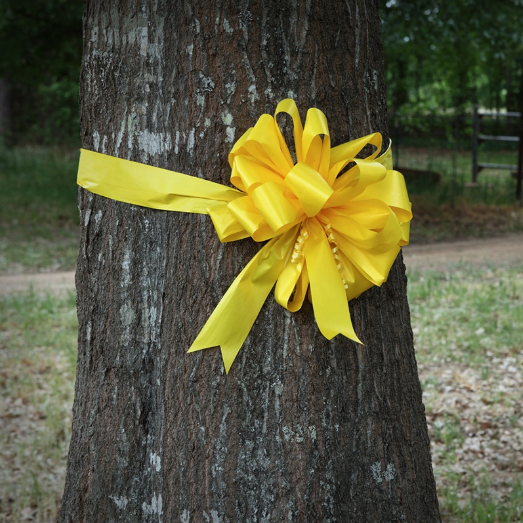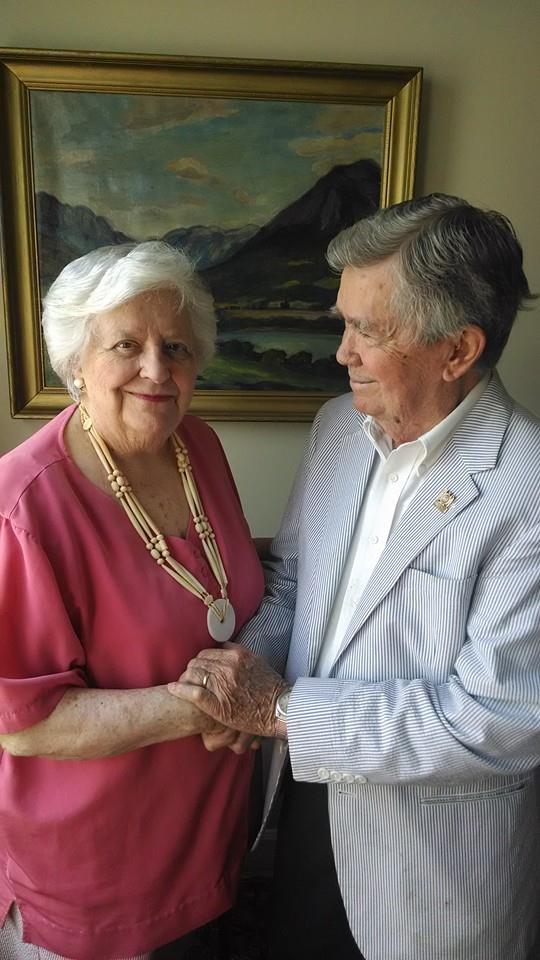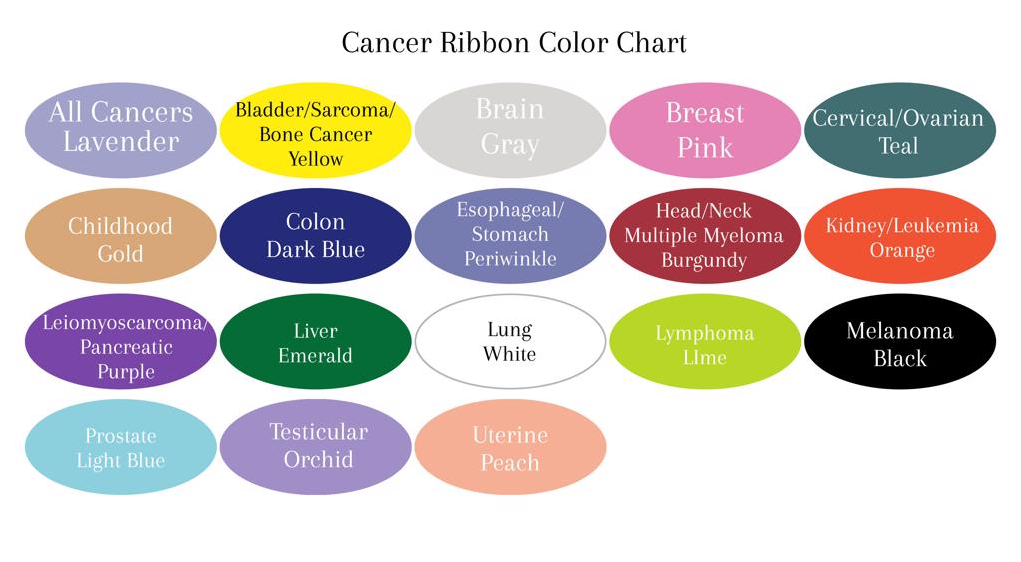
The year was 1979.
Jimmy Carter was president.
Tensions ran high.
Gasoline was in short supply.
Cars waited for hours to get it, and fisticuffs broke out in the long gas lines, some of which stretched on for miles because of strict rationing that limited fueling to every other day based on license plate numbers. Bumper stickers read, “Carter, Kiss My Gas”, a testament to the President’s unpopularity and one of the main reasons for his subsequent landslide defeat to Ronald Reagan in 1980.
Overall, the economy was in rough shape thanks to staggering inflation, high unemployment, and an energy crisis, which the Islamic Iranian revolution precipitated, and the outbreak of the Iran-Iraq war compounded.
To make matters worse, on November 4th of that year, a crowd of Iranian militants had stormed the U.S. embassy in Teheran in February and with the support of the newly installed Ayatollah Khomeini taken 52 American diplomats hostage.
One of those Americans was Bruce Laingen, a top-ranking U.S. diplomat.
His wife, a woman named Penelope “Penne” Laingen, unwittingly started a national movement when she tied a yellow ribbon around the white oak in her front yard as an expression of hope for the safe return of the hostages.
The inspiration for the ribbon reportedly came from the 1973 hit song “Tie a Yellow Ribbon Round the Old Oak Tree,” by Tony Orlando and Dawn about an ex-convict who predicates his return home after a 3 yearlong incarceration on an agreed-upon symbol, a yellow ribbon tied around an oak tree, which would indicate that his girlfriend wants him back.
Whoa, tie a yellow ribbon ’round the ole oak tree
It’s been three long years, do you still want me?
If I don’t see a ribbon round the ole oak tree
I’ll stay on the bus, forget about us, put the blame on me
If I don’t see a yellow ribbon ’round the ole oak tree
The press caught wind of Penne Laingen’s romantic gesture, shown below many years later with her husband, Bruce, and suddenly the yellow ribbons became a pervasive national symbol.

Fast forward to 1992 when SELFmagazine teamed up with cosmetics giant, Estée Lauder, to create the bubblegum pink ribbon that symbolizes breast cancer awareness and the rest, as they say, is history.
Today ribbons are everywhere, having become de rigueur for causes galore like cancer (see chart below), Alzheimer’s (purple), AIDS (red), child abuse (blue), and environmentalism (green).

Surprisingly, despite their pervasiveness, these ribbons are not exactly cheap, costing more than a pretty Penne, which, lest we forget, is how it all started.
